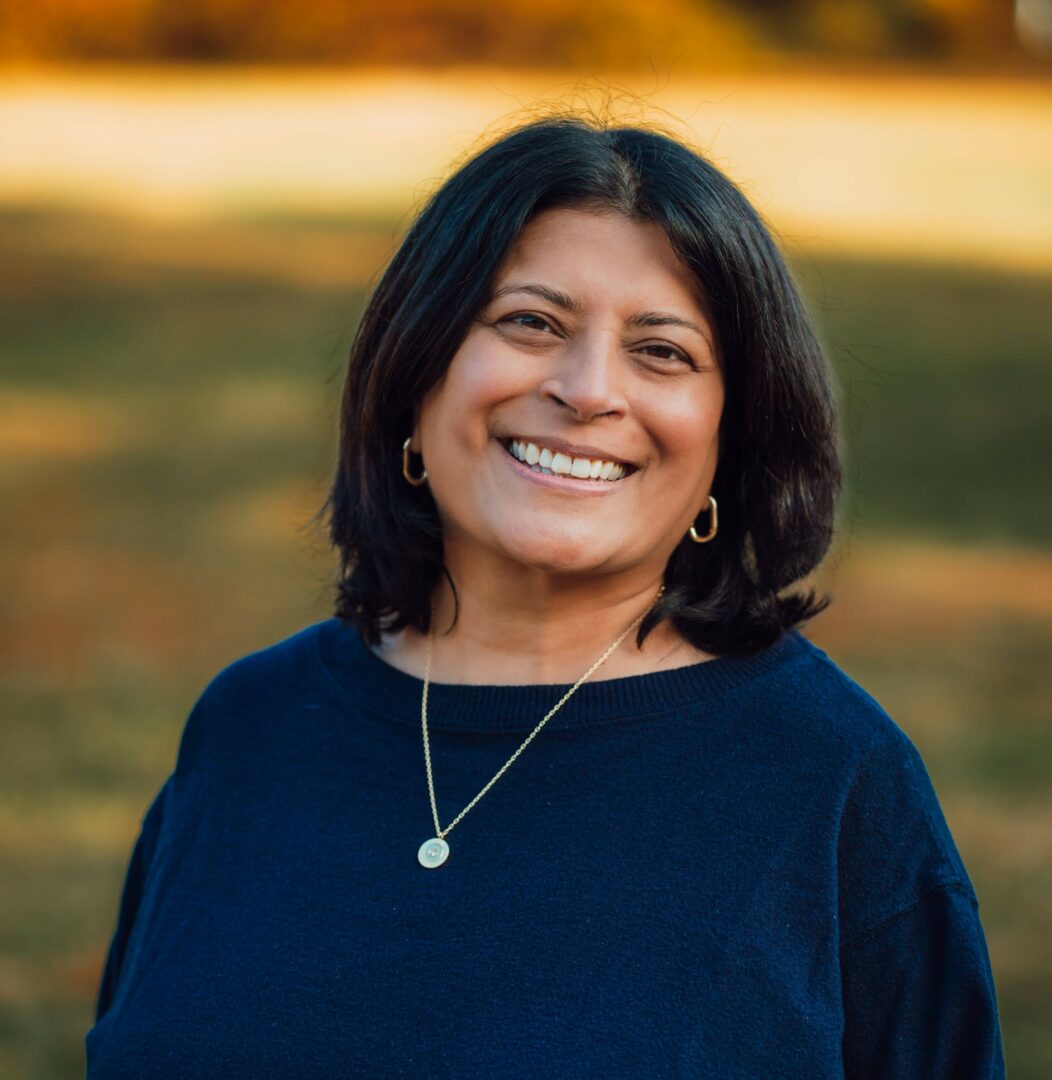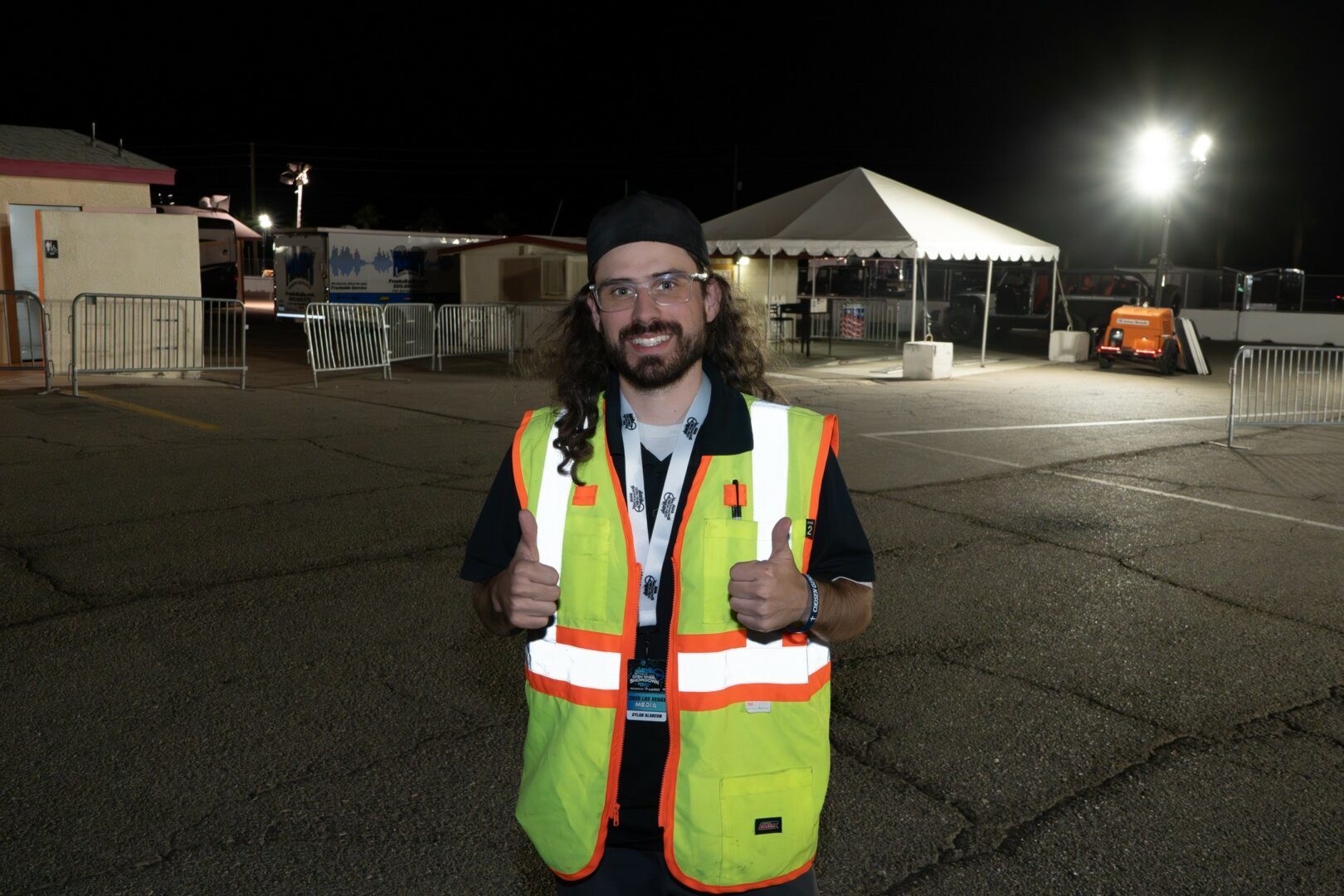We’re excited to introduce you to the always interesting and insightful Jeff. We hope you’ll enjoy our conversation with Jeff below.
Jeff, we’re so excited for our community to get to know you and learn from your journey and the wisdom you’ve acquired over time. Let’s kick things off with a discussion on self-confidence and self-esteem. How did you develop yours?
I love this question, because as a coach, the ability to develop confidence in our athletes is paramount. Having just completed my first year as a college coach on the Whittier College Swim and Dive staff, I was searching for ways to add to the team and have the most impact while doing work that was authentic to my identity that I had built over more than 15 years in the world of strength coaching, and then strength and swim training with professional and youth athletes. It was rewarding experience to share the pool deck with long-time friend, former Cal teammate, and current WC head coach Mike Jafari. Our ethos developed throughout the year based on my personal experience and books that I read in search of inspiration, perspective, and context. The most noteworthy books that I read were “Do Hard Things” by Steve Magness and “The Captain Class” by Sam Walker. One of these books helped me make sense of certain challenges that I was facing from a coach’s perspective when it came to developing and assessing individuals for leadership regarding their relationships with their teammates, family and other authority figures, and younger impressionable team members; the other book helped me better understand and affect the athletes’ relationships to themselves, the work we were doing, and how the daily outcomes of training effected their confidence and self esteem. Over the course of the season we developed these three interrelated tenets of confidence:
1. Raise the floor, not the ceiling. By committing to “raise the floor,” or improving your performance on your worst days, you reframe the outcomes of the day as a percentage of success versus a percentage of failure. This has broad and profound downstream effects, as mental resilience is formed by adding small drops to what can become a vast reservoir of confidence in the form of belief that the work you’re doing is purposeful and directed towards your long term success. If you can gain pride from making small but meaningful improvements to what it is that you are practicing, then over time you’ll be raising the floor: this means that when it’s time to level up your ceiling, you’ll be standing on higher ground with the confidence to handle the setbacks and disappointments that inevitably come with pushing your boundaries.
2. True confidence comes from within. Lasting confidence – or resilience versus bravado – comes from within. If you’ve been focused on raising the floor, then your internal environment will be more independent of the external environment. This will allow you to remain poised when things beyond your control are buffeting you from outside.
3. Separate the ego from the outcome. Ultimately, you will find yourself in situations where the outcome is very important for the team, your family, or your career. In these instances it is natural to invest yourself completely in a situation where there is one greatly desired outcome, and anything else is seen as failure: this is the nature of striving. If you’ve worked to develop the above goals and characteristics, then – although you’ll be greatly disappointed should you fail – you will not be broken, because your sense of worth will not be contingent on the outcome of something that will always be, in some way, out of your control.

Thanks, so before we move on maybe you can share a bit more about yourself?
As a swim coach, I am working at Whittier College, an NCAA Division 3 program, to grow a team that will redefine the school’s place in the conference and division. I was attracted to the school by the investment in growth, which in the current NCAA environment is not something to be taken for granted. Even highly regarded programs at the D1 level are currently facing scenarios under new profit-sharing systems where the scholarships that they have long depended on to attract candidate are being redirected to revenue-generating sports (non-Olympic sports) leaving them high and dry and with limited prospects. Through our model at Whittier we are able to offer most student athletes academic scholarships to the tune of about 48-66%, which will allow us to stay competitive in this rapidly changing world of college sports. The idea of growth and building has always been attractive to me, so I am excited to be able to do that here.
I’m equally enthusiastic about my ability to be in charge of the weight room for Swim and Dive (as well as Men’s Water Polo currently) at Whittier: this is an enviable position for most D1 college programs. I can’t tell you how many coaches I’ve spoken with who have constant headaches trying to get the strength staff to be in line with their goals for the athletes, to the point where many teams have stopped going to the weight room all together — being able to truly develop a synergistic program is a blessing.
My personal journey in strength began over six years after I had finished my own college swimming at UC Berkeley. Having graduated with an art degree, I spent seven years working with some amazing Bay Area artists making handmade, screenprinted concert posters. I ultimately moved back into the sporting world in search of more money, which I was able to find at a small, boutique gym in Downtown Oakland called Urban Fitness Oakland. While working there I earned my CSCS, the pursuit of which put so much of my own training throughout my life into perspective. I began finding inspiration through an understanding of the mechanisms of training and adaptation, and started to see ways that I could improve upon what I had done by incorporating the new context that I was gaining. After moving with my wife (then girlfriend) to Serbia for an open ended contract, I began putting all of this perspective to work as a strength coach to a Serbian multi-Olympian, with great results. That experience, however, made me realize that I wanted more control over the water side of the sport as well, so when we returned to America I sought a job as a coach where I could incorporate everything together under one unified umbrella: I always think of Steve Jobs and how he wanted “end to end control” of the process.
This set me up to be prepared to take on a major responsibility: training my best friend and former teammate for the 2016 Olympic Trials which would be the gatekeeping competition for the Rio Olympics. Anthony Ervin had won gold before in 2000, the year we first met (although prior to those Sydney Olympics) and after falling short in London in 2012, he wanted a change in scenery that involved a move to Southern California, and me as his strength coach. We talked at length and established a set of priorities for his training, which read like this: First priority is to get you to the end of the season uninjured. This may seem obvious, but it is not something that had ever been accomplished prior, as he had always had some sort of nagging injury. With his talent, we figured if he could be healthy, he’d have a good shot at making the team. The second priority was to develop mobility and stability. As a thirty-four year old, he had some city miles, including a shoulder injury from a years-old motorcycle collision. We know based on London that this would be something we needed to plan for. Our third priority was to focus on balance. He had had some trouble off the starting blocks in London, and with the start being the weakest part of his race, we knew we could scarce afford to give anything up there. Once we had our credo in place, we trusted that the ancillary effects of our work would be augmented strength and power. The plan worked, and with a lot of input from some great swim coaches, Anthony qualified for the Olympic team by getting second to another former teammate. He went on to win the gold medal in Rio — sixteen years after winning it the first time in Sydney — a feat that has only been accomplished by one other athlete, and zero other swimmers.
Today, while I continue to learn how best to integrate the weight room, the pool, and psychology for college athletes, I am also investigating and using some really exciting swim-specific wearable technology to gain insight into some of the physics of swimming. I’ve been using EO SwimBETTER handsets to learn how various and changing forces at the hand effect swim speed by identifying force vectors across the different movement planes. I am combining this information with markups and voiceovers of high definition underwater video to provide detailed technical analysis for aquatic athletes to better guide their training. Naturally, I call this endeavor SwimSmarter.
There is so much advice out there about all the different skills and qualities folks need to develop in order to succeed in today’s highly competitive environment and often it can feel overwhelming. So, if we had to break it down to just the three that matter most, which three skills or qualities would you focus on?
My greatest attribute when it comes to coaching is creativity, hands down. Over the years I’ve often wondered what exactly IS creativity, and I’ve set upon my own in-depth definition: creativity is the ability to find the connections between apparently disparate elements, and explore them in such a way as to create novel insight and understanding. I encourage people to foster this ability in themselves by exploring many different fields in their journey to become whatever it is that they will become. Often a result of taking a linear path to one thing or another is a largely anecdotal education without as much potential for breakthroughs that come from creative thinking. It’s easy to fall into a FOMO trap and be convinced that if you aren’t specifically working toward your goals in your career, or whatever, by following a set path that you aren’t being productive and therefor should not “waste time” on that pursuit. However, when you give yourself the freedom to explore and experience new things that keep you interested, you tend to bring a more unique perspective with you and are able to be more creative when it comes to problem solving. I advise that you take the time to oscillate between broad focus (experimentation, exploration) and narrow focus (investigation, specialization) to avoid getting stuck in a rut or succumbing to myopic thinking.

To close, maybe we can chat about your parents and what they did that was particularly impactful for you?
My parents never put strict limits on what I should be studying or committing my time to. They taught dedication and follow-through when it came to seeing out those commitments, but allowed us the freedom to choose where we focused our time and attention. As the parents of student-athletes, they were great, as they never once made us feel like our self-worth had anything to do with our sporting performance. They were supportive of our accomplishments, but I don’t recall ever being made to feel badly about poor athletic performance, of which I am sure there were many. This is all completely in line with the literature that I referenced earlier, and has been guiding my path to be a more effective coach. Especially with young people in their most impressionable years, rewarding the outcome over rewarding the effort can have disastrous consequences.
Contact Info:
- Website: https://www.ziofitelite.com/
- Instagram: ZioFIT
- Linkedin: https://www.linkedin.com/in/jeffnatalizio/
- Youtube: https://www.youtube.com/@ZioFit

Image Credits
Summer Swee-Singh
so if you or someone you know deserves recognition please let us know here.




